Shai Almog
Talk to the Duck - Secrets of the Debugging Masters
#1about 3 minutes
The humbling power and mindset of debugging
Debugging is a humbling experience that grounds developers and managers by revealing their own simple mistakes.
#2about 2 minutes
Move the instruction pointer with jump to line
Avoid restarting the debugger by using the "jump to line" feature to drag the execution pointer backward or forward to re-run or skip code.
#3about 1 minute
Use tracepoints for dynamic, non-suspending logging
Add dynamic log statements using tracepoints, which are non-suspending breakpoints that evaluate and print expressions without pausing the application.
#4about 3 minutes
Use advanced breakpoints for methods and exceptions
Target multiple methods at once using wildcard method breakpoints and filter out internal JVM exceptions by applying class filters to exception breakpoints.
#5about 4 minutes
Inspect state with watch expressions and object marking
Enhance the watch area by displaying method return values and using object marking to save an object reference for later comparisons in conditional breakpoints.
#6about 2 minutes
Visualize reactive code with the stream debugger
Use the stream debugger tool to break down and visualize each stage of a Java stream, showing how each element is transformed through the pipeline.
#7about 5 minutes
Create custom data views with debug renderers
Customize how objects are displayed in the watch area by creating custom renderers that can execute code, such as querying a database for a record count.
#8about 2 minutes
Track object allocations with the memory debugger
Use the memory view to identify memory leaks by tracking all new object instances created between two steps and viewing their full allocation stack traces.
#9about 1 minute
Understand the risks of traditional remote debugging
Traditional remote debugging in production is extremely risky, creating major security vulnerabilities, stability issues, and privacy compliance problems.
#10about 5 minutes
Use developer observability for safe production debugging
Developer observability tools allow for safe production debugging by adding dynamic logs, non-breaking snapshots, and metrics within a secure sandbox.
Related jobs
Jobs that call for the skills explored in this talk.
Matching moments
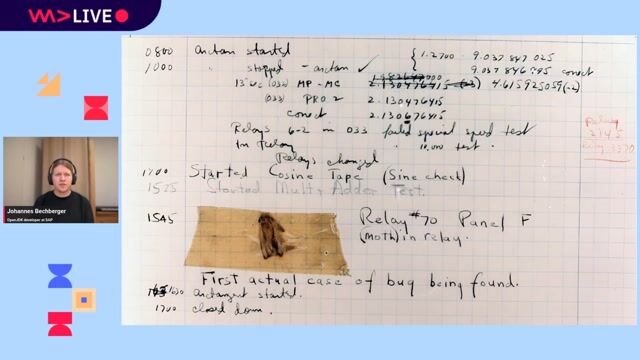
00:13 MIN
Why debuggers are an essential developer tool
Debugging Unveiled: Exploring Debugger Internals and Hidden Gems
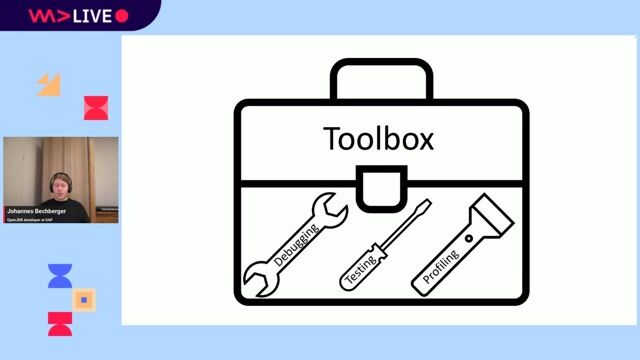
43:37 MIN
Key takeaways and Q&A on debugger internals
Debugging Unveiled: Exploring Debugger Internals and Hidden Gems
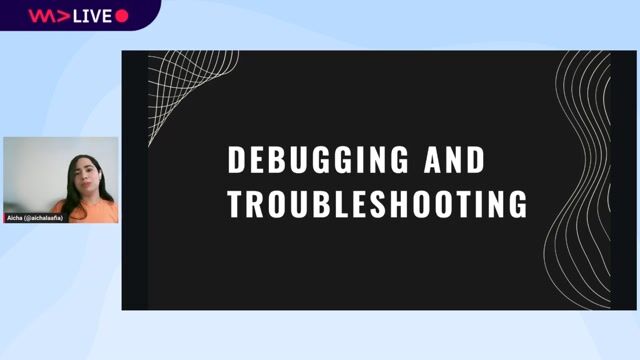
34:50 MIN
Mastering basic and advanced debugging techniques
Let's make your Java code Bug-Proof

08:48 MIN
Exploring on-demand and remote debugging features
Debugging Unveiled: Exploring Debugger Internals and Hidden Gems

41:37 MIN
Modern developer tools and debugging workflows
WeAreDevelopers LIVE - Whats Nuxt and Next for app development, 20 years AJAX and more

34:29 MIN
A recap of the human debugging toolkit
How to Navigate Professional Relationships in the Tech Industry

34:29 MIN
Putting your human debugging toolkit into practice
How to Navigate Professional Relationships in the Tech Industry
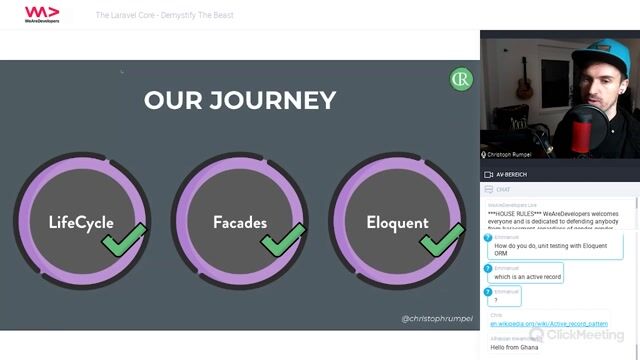
39:07 MIN
Mastering your tools to become a better developer
The Laravel Core - Demystify The Beast
Featured Partners
Related Videos
 58:23
58:23Debugging Unveiled: Exploring Debugger Internals and Hidden Gems
Johannes Bechberger
 50:10
50:10Let's make your Java code Bug-Proof
Aicha Laafia
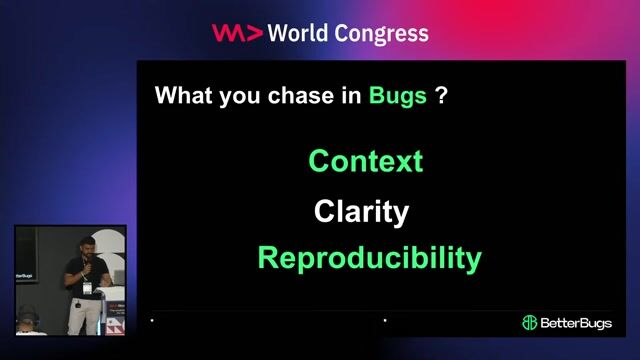 08:02
08:02Debugging in the Dark
Nishil Patel
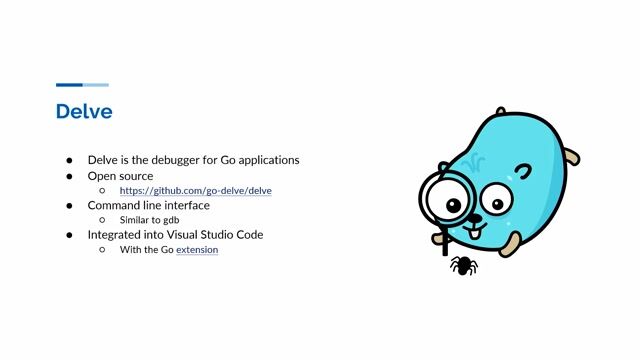 25:36
25:36Debugging Go: from zero to Kubernetes
Michele Caci
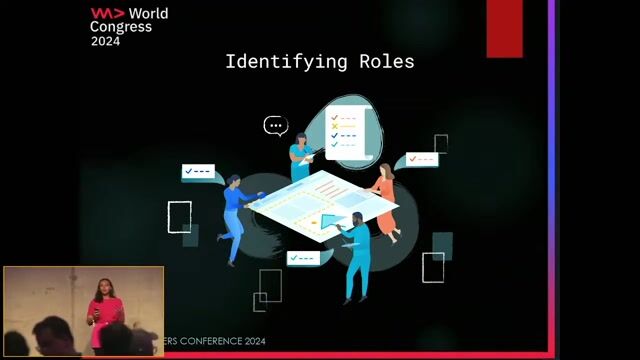 20:33
20:33Breaking the Bug Cycle: TDD for the Win
Nadeen Hussein
 56:51
56:51Debugging Schrödinger's App
DeveloperSteve Coochin
 30:39
30:39Supercharge Your Developer Journey with Tiny Atomic Habits
Natan Silnitsky
 27:49
27:49Modern Java: This is not your father's Java anymore
Ron Veen
From learning to earning
Jobs that call for the skills explored in this talk.


Senior Java Entwickler – Backend (w/m/d)
ING Deutschland
Frankfurt am Main, Germany
Senior
Java
Spring Boot


Lead Fullstack Engineer AI
Hubert Burda Media
München, Germany
€80-95K
Intermediate
React
Python
Vue.js
Langchain
+1


Senior Systems/DevOps Developer (f/m/d)
Bonial International GmbH
Berlin, Germany
Senior
Python
Terraform
Kubernetes
Elasticsearch
Amazon Web Services (AWS)


DevOps Engineer – Kubernetes & Cloud (m/w/d)
epostbox epb GmbH
Berlin, Germany
Intermediate
Senior
DevOps
Kubernetes
Cloud (AWS/Google/Azure)

Backend Engineer (m/w/d)
fulfillmenttools
Köln, Germany
€35-65K
Intermediate
TypeScript
Agile Methodologies
Google Cloud Platform